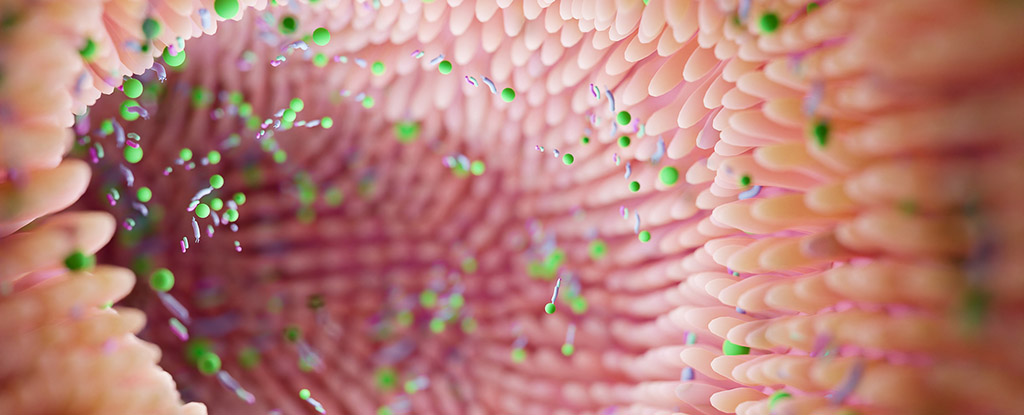Common Gut Fungus May Protect Against Fatty Liver Disease, Study Finds

There's a lot going on in the teeming microbiomes of our guts, and we're regularly making new discoveries about these bustling miniature ecosystems – including a new study identifying a symbiotic fungus that could fight liver disease. The fungus in question is Fusarium foetens, and researchers led by a team from Peking University in China found that in mouse models, it was effective in stopping a fatty liver disease known as metabolic dysfunction-associated steatohepatitis or MASH. More precisely, it was the compound FF-C1 produced by F. foetens that made the difference. Mice with a MASH-like disease treated with the fungus showed significant improvements in liver health, including lower inflammation levels and less scarring. "Several observations have shown that bacteria and fungi interact in the gut, where they influence each other through varying degrees of symbiosis," write the researchers in their published paper. "Our model is that elevation of F. foetens in the gut leads to the generation of FF-C1, which enters the intestinal epithelia by an unclear mechanism." Having collected stool samples from 100 people across different parts of China, the team used a newly developed method for isolating and growing the different species of fungus potentially present in the gut microbiota of these volunteers. That gave the researchers 161 different species of fungi. The ubiquity of F. foetens in the samples, and its ability to adapt to low-oxygen environments, made it a prime candidate for further experiments in mice. As well as identifying the benefits for liver health, the study also outlined part of the way the fungus appears to be working: it seems the FF-C1 chemical dampens the activity of an enzyme called Ceramide Synthase 6 (CerS6), which lives in the lining of the gut and helps produce fats in the blood. Less CerS6 means it's less likely that MASH will get started or progress. The researchers backed up their hypothesis by genetically engineering mice to develop without any CerS6, or with too much of it. "We validated the role of CerS6 in F. foetens–mediated amelioration of MASH in mice by intestinal-specific Cers6 deletion and overexpression," write the researchers. These results still need to be repeated in human trials of course, but further down the line, its possible these findings will inspire new treatments. Almost 1 in 3 people worldwide have metabolic dysfunction–associated fatty liver disease (MAFLD), a group of conditions that includes MASH. Given how busy our guts are in terms of bacteria and fungi, it's likely that many more similar discoveries are waiting to be made – whether that's microbes that are causing disease, or protecting us from them. The same techniques used here could be deployed to identify more helpful fungi in the future. "Optimizing culture techniques and medium composition for gut fungi is essential for understanding intestinal microecology and will yield deeper insights into host-gut microbiota cross-talk," write the researchers. The research has been published in Science.


















